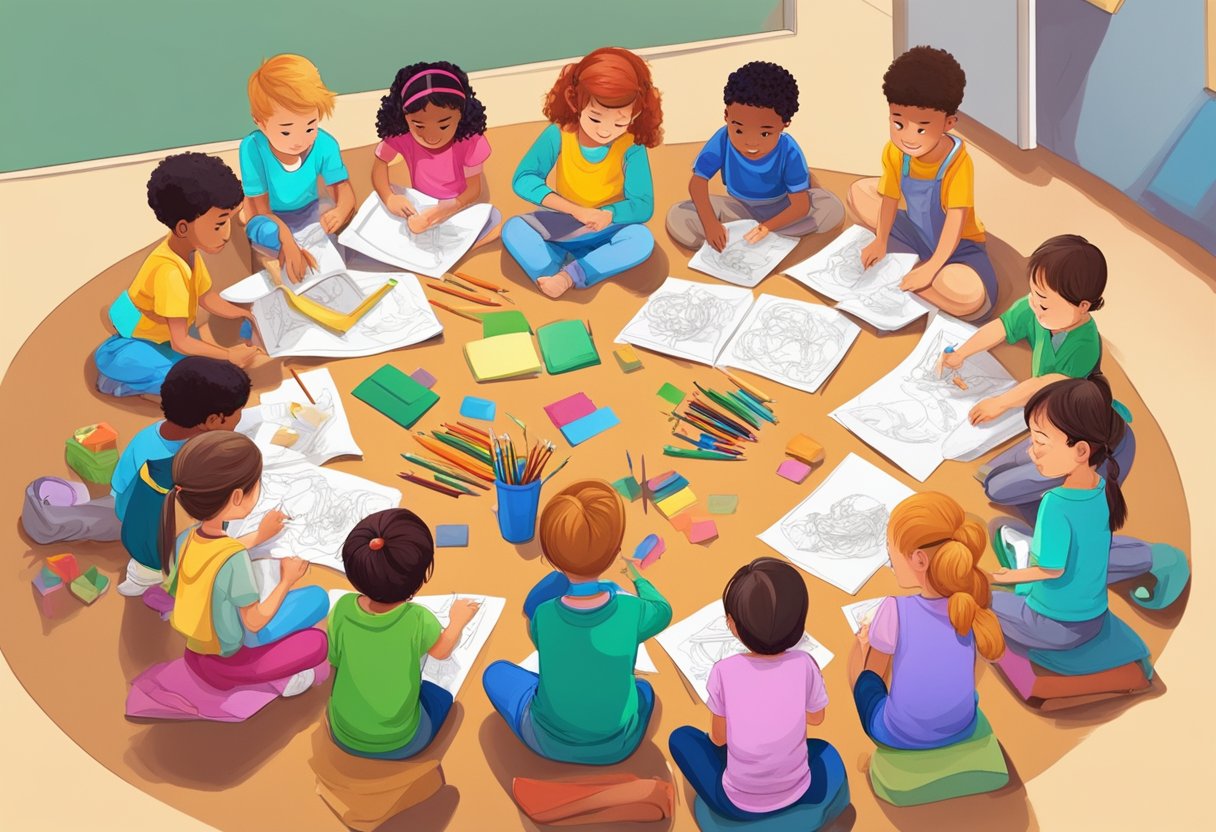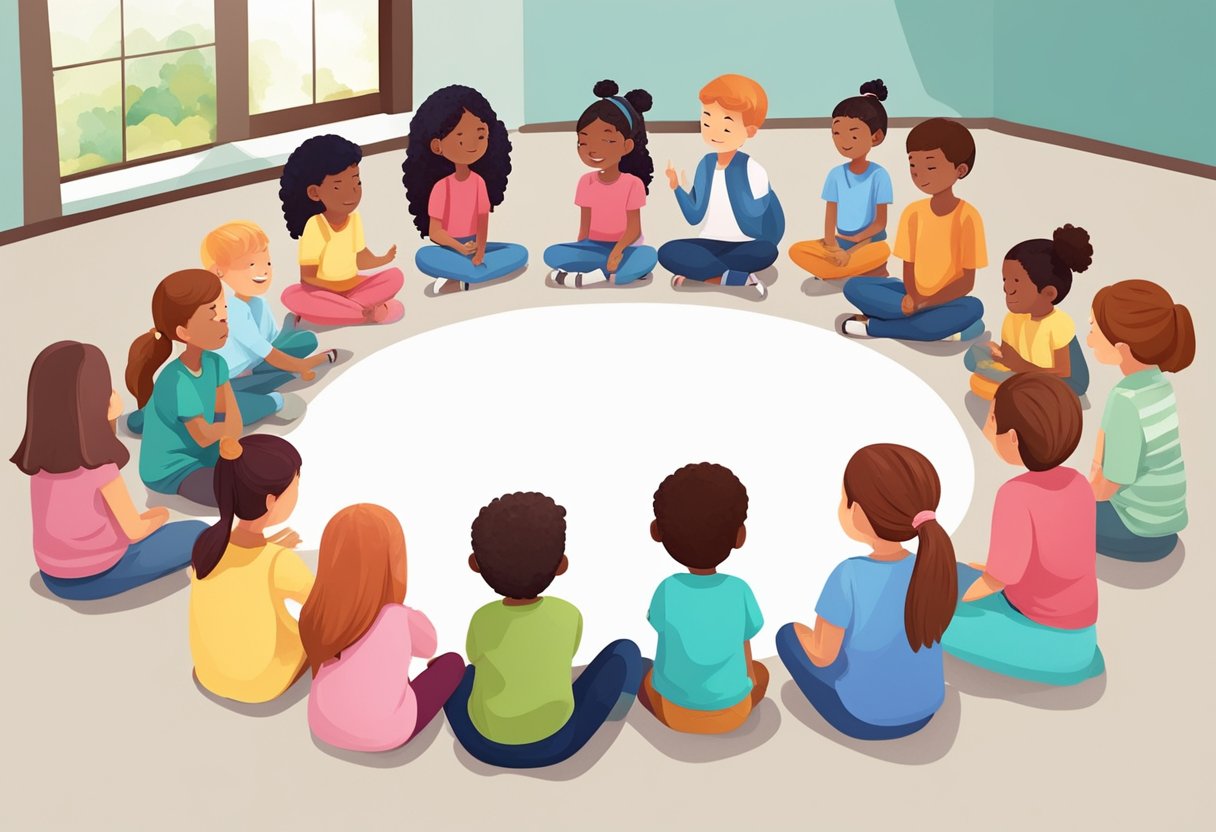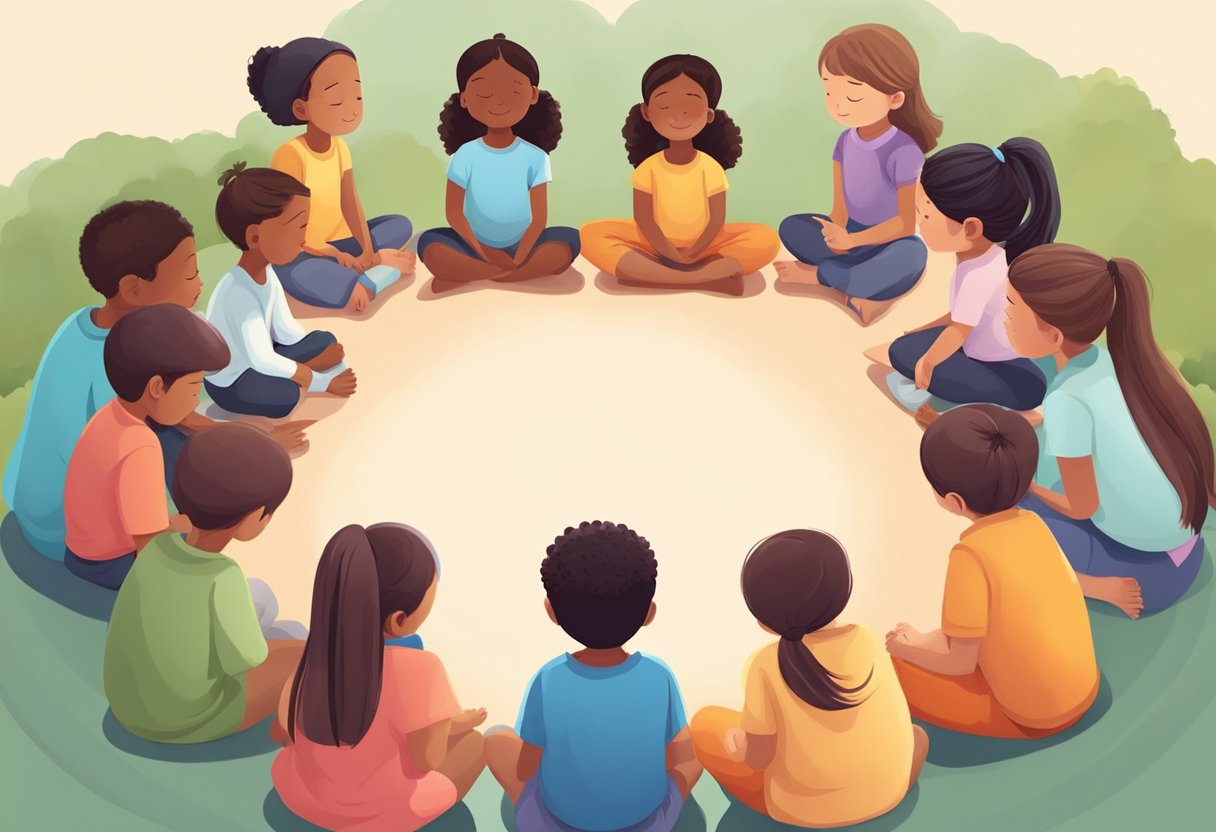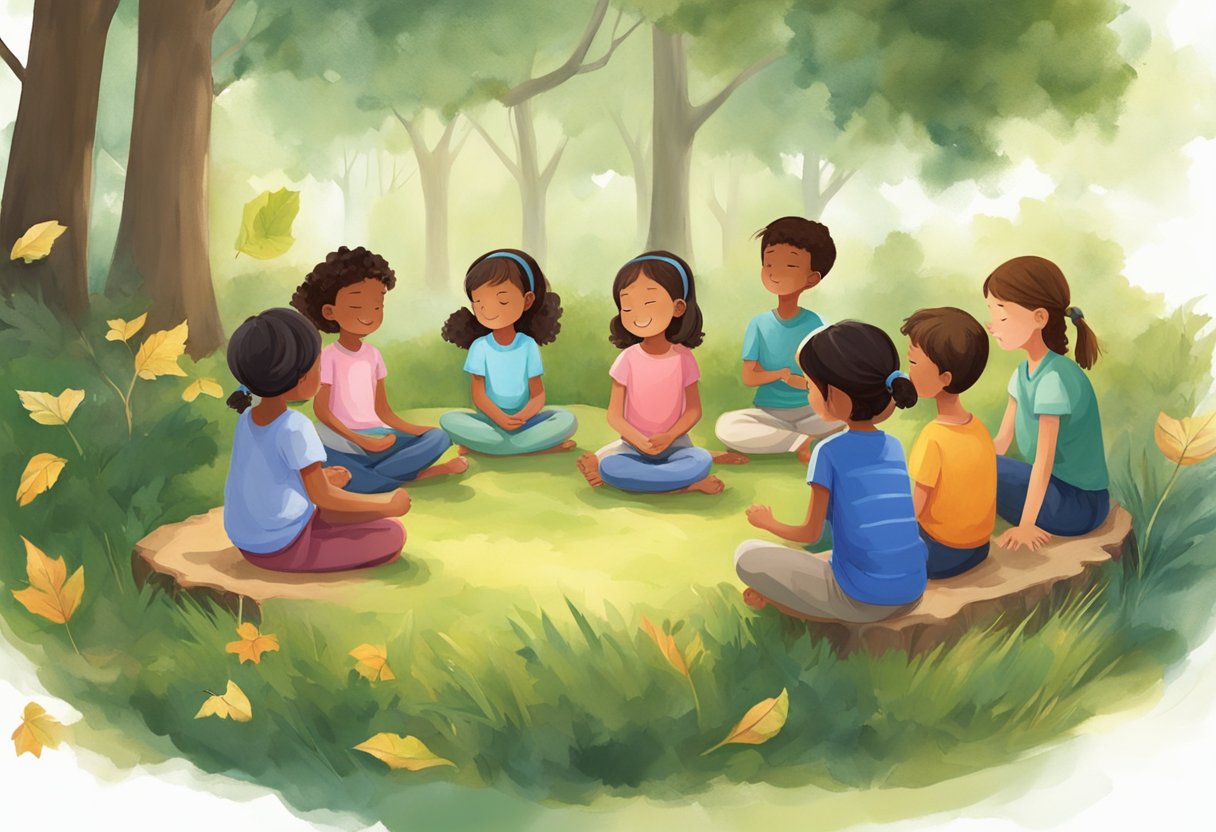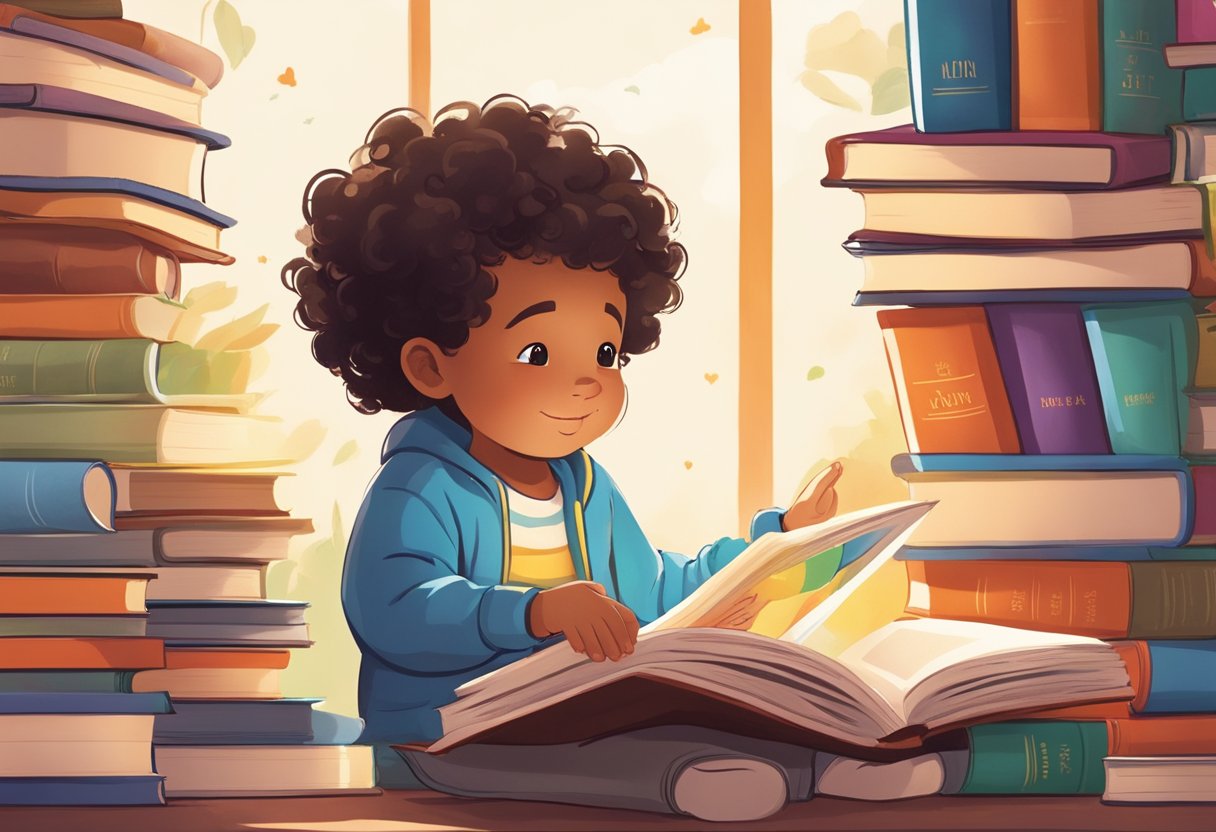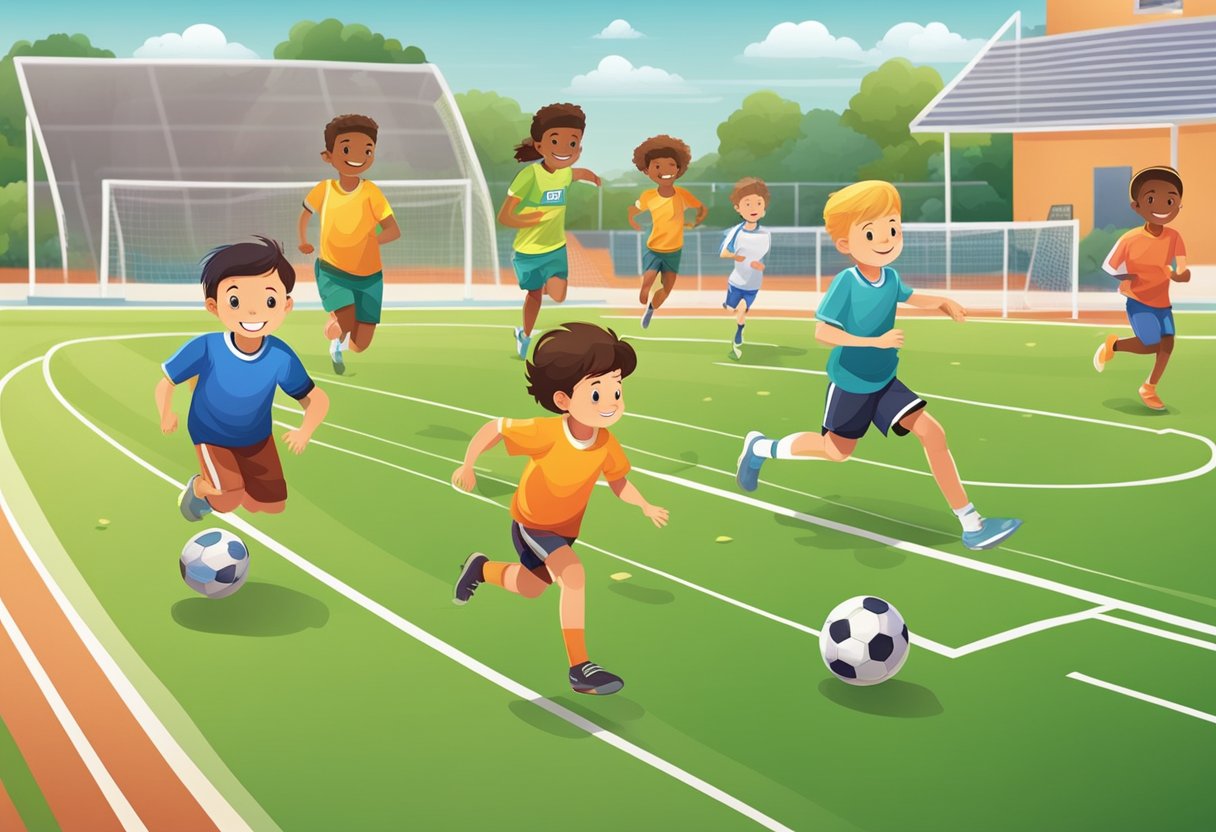Mindfulness art is a form of art that encourages kids to focus on the present moment while creating something beautiful. It is a great way to help children relax and de-stress, improving their creativity and self-expression. Mindfulness art can be done in a variety of ways, from drawing and painting to sculpting and collage-making.
Research has shown that mindfulness art can have numerous benefits for children’s mental health and well-being. It can help reduce anxiety and stress, improve mood and self-esteem, and enhance concentration and focus. By focusing on the present moment and letting go of distractions, children can develop a greater sense of mindfulness and self-awareness, which can be helpful in many areas of their lives.
In this article, we will explore the benefits of mindfulness art for kids and provide some tips and ideas for incorporating it into your child’s daily routine. Whether your child is a budding artist or just looking for a fun and relaxing activity, mindfulness art can be a great way to help them develop important skills and improve their overall well-being.
Basics of Mindfulness Art
Defining Mindfulness Art
Mindfulness art is a form of art that involves creating art while being present and aware of the present moment. It is a combination of mindfulness, which is the practice of being present and aware, and art, which is the expression of creativity through various mediums.
In mindfulness art, the focus is not on the result but on the process of creating. It is about being in the moment and fully engaging in the creative process. This allows children to express themselves freely and without judgment.
Benefits for Kids
Mindfulness art has numerous benefits for kids. It helps them develop their creativity, self-awareness, and emotional regulation skills. It also helps them to focus and concentrate on the present moment, which can improve their overall well-being.
Creating art can also be a form of self-expression, which can help children to process and communicate their emotions. It can be a way for them to explore their feelings and thoughts in a safe and non-judgmental environment.
Moreover, mindfulness art can be a fun activity for kids. It can help them to relax and reduce stress, which is especially important in today’s fast-paced world.
Overall, mindfulness art is a wonderful way for kids to explore their creativity and develop important life skills. By being present in the moment and fully engaged in the creative process, they can experience the many benefits that mindfulness art has to offer.
Implementing Mindfulness Art Activities
Setting Up the Environment
Creating a peaceful and calming environment is essential for mindfulness art activities. It is recommended to have a quiet and clutter-free space with natural lighting. Soft music or natural sounds can also enhance the ambiance. It is important to have all the necessary art supplies readily available and organized. This will help children stay focused and engaged in the activity.
Art Projects for Different Age Groups
Mindfulness art activities can be tailored to different age groups. For younger children, simple projects such as coloring books, finger painting, and drawing can be effective. For older children, more complex projects such as collage-making, mandala coloring, and sculpture-making can be introduced. It is important to choose activities that are age-appropriate and engaging.
In addition, it is recommended to incorporate mindfulness techniques into the art activities. For example, focusing on the breath while coloring or painting can help children stay present in the moment. Encouraging children to observe their thoughts and emotions while creating art can also help them develop mindfulness skills.
Overall, implementing mindfulness art activities can be a fun and effective way to help children develop mindfulness skills. By creating a peaceful environment and choosing age-appropriate art projects, children can learn to stay present in the moment and develop a deeper connection with themselves.
Mindfulness Art Techniques
Breathing and Visualization
Breathing and visualization techniques are a great way to help kids get into a calm and focused state of mind. Mindful breathing can help children regulate their emotions and reduce stress and anxiety. Visualization techniques can help them visualize positive outcomes and reduce negative thoughts.
One technique is to have kids close their eyes and focus on their breath. They can count to three as they inhale, hold their breath for a few seconds, and then exhale slowly. This can help them slow down and focus on the present moment.
Another technique is to have kids visualize a peaceful scene, like a beach or a forest. They can imagine themselves in that scene, feeling calm and relaxed. This can help them feel more centered and less anxious.
Sensory Art Exploration
Sensory art exploration is a great way to help kids develop their creativity and mindfulness. By engaging in hands-on art activities, kids can learn to focus on the present moment and tune out distractions.
One technique is to have kids create art using different textures and materials. They can use materials like sand, feathers, and beads to create a sensory experience. This can help them focus on the process of creating and exploring the materials.
Another technique is to have kids create art while listening to calming music or nature sounds. This can help them tune out distractions and focus on the creative process. They can use the music or sounds as inspiration for their art.
By using these mindfulness art techniques, kids can develop their creativity and learn to focus on the present moment. These techniques can help them reduce stress and anxiety and develop a sense of calm and well-being.
Integrating Mindfulness Art in Education
Curriculum Development
The incorporation of mindfulness art in the curriculum can help students develop emotional regulation, self-awareness, and empathy. Teachers can integrate mindfulness art activities into various subjects, such as social studies, language arts, and science. For example, students can create art projects that reflect their emotions and thoughts, or they can engage in mindful drawing exercises that help them focus and calm their minds.
To effectively integrate mindfulness art into the curriculum, teachers can collaborate with art educators and mindfulness experts to develop lesson plans that align with the school’s goals and objectives. They can also use various resources, such as books, videos, and online courses, to enhance their knowledge and skills in mindfulness art education.
Teacher and Parental Involvement
To ensure the success of mindfulness art education, teacher and parental involvement is crucial. Teachers can involve parents in the learning process by assigning homework that involves mindfulness art activities, or by organizing art exhibitions that showcase students’ work.
Parents can also support mindfulness art education by encouraging their children to participate in art-related activities outside of school, such as visiting art museums or attending art classes. They can also provide feedback to teachers on how their children are responding to mindfulness art education and offer suggestions on how to improve the program.
Overall, integrating mindfulness art into education can provide numerous benefits to students, teachers, and parents. By promoting emotional regulation, self-awareness, and empathy, mindfulness art can help students develop important life skills that will benefit them in the long run.
